Hi #AmazingNature Community!
Always wishing everyone a good day. Let's remember that the sun rises for @everyone!😃🌞
Once again, I bring you content that I consider to be of quality, this takes several hours of reading, comprehension and writing.💡📚
But more than that, this is one more publication so that together we can appreciate and contemplate how wonderful our nature is! I prefer the marine and aquatic environment, that is my specialty🐬🐟🦈🦀🐢🐳🐙 I hope you enjoy!🐬🐟🦈🦀🐢🐳🐙🤗
An article by John C. Ogden, Richard A. Brown and Norman Salesky
West Indies Laboratory, Virgin Islands.
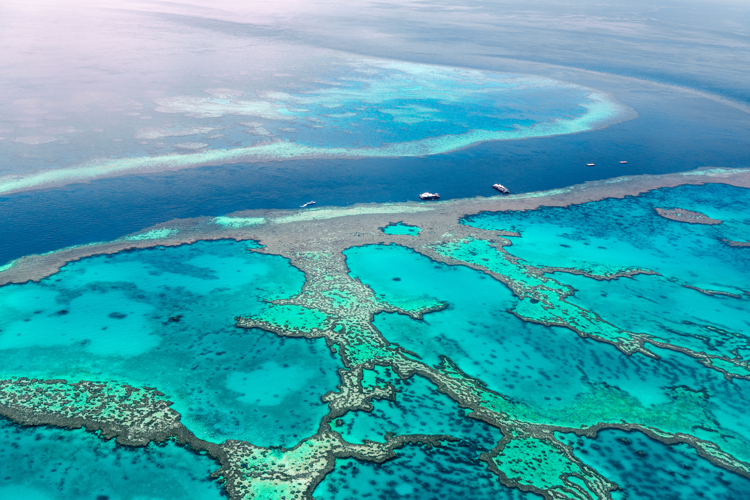
Photo by Travel Managers
Today I will talk about a phenomenon that is relatively common, but beautiful to watch: sand halos on reefs. Of course, it is curious what or who makes those rings, I doubt that divers do it (in that case, they would not be doing research why), then we are going to find out ...🔍⚠️
A halo in the sand? A common feature associated with patch reefs in certain locations is a nearly bare band of sand between the base of the reef and the peripheral seagrass beds, such as Thalassia testudinum (grass eaten by turtles) and Syringodium filiforme (grass eaten by manatees) (Bartholomew, 1970) Exciting! Don't you think?
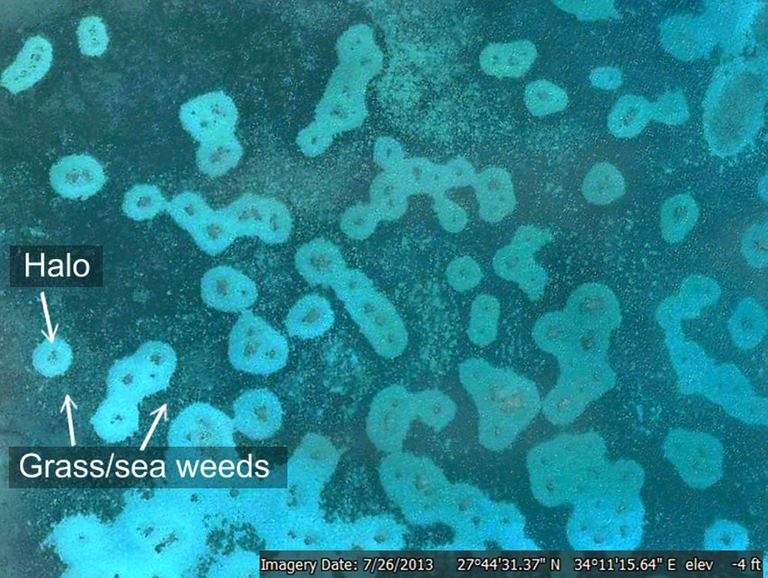
Photo by Ju Kolasa
This "halo" is commonly 2 to 10 m wide, this ring has been seen in many parts of the world. Generally, the area closest to the reef is totally arid. The portion of the halo closest to seagrass generally has a moderate density of closely clipped plants and appears bare when viewed from afar or in aerial photographs (Randall, 1965).
The origin of these halos has always drawn attention. It was previously held that certain physical or motion factors, such as large particle sizes and rapidly changing sands, caused grass in halos to grow poorly. However, this was found to be untrue! since the formation of halos does not depend on physical factors such as movement.
Neither the slope of the bare area, nor the exposure to large waves influenced the presence or absence of the halo. Furthermore, analysis of the sediment (sand) revealed a small difference in particle size between the halo areas and the grassland areas.
Randall (1965) presents evidence that grazing fish, mainly surgeonfish (Acanthuridae) and parrotfish (Scaridae), are responsible for the absence of vegetation in the halos, since they eat it. Recent observations, such as studies in the US, have cast doubt on the extent to which herbivorous fish are responsible for halo formation and maintenance.
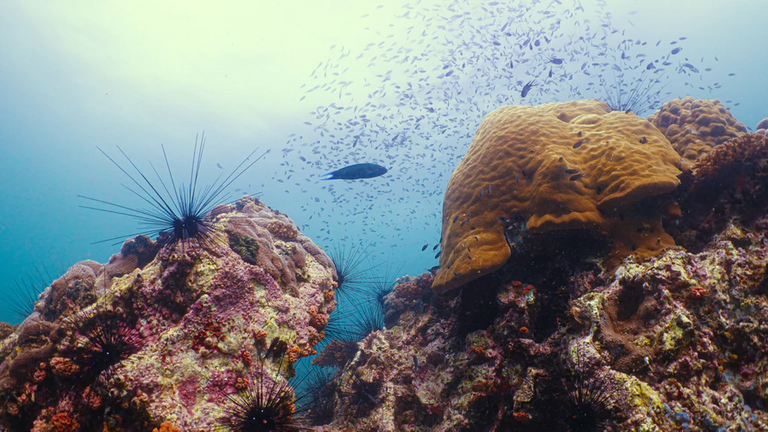
Photo by Nott Peera
Another example, Virgin Islands, are under intense fishing pressure and are not common there. Second, close observation of the clipped grass within the halos surrounding these patch reefs shows that many of the leaves do not display the scalloped edges (with wavy edges) characteristic of fish grazing. Rather, the leaves end in the ragged and serrated shape (Ogden et al., 1973).
So what causes these interesting rings? How are these halos actually formed?
The answer is: sea urchins! (Diadema antillarum)
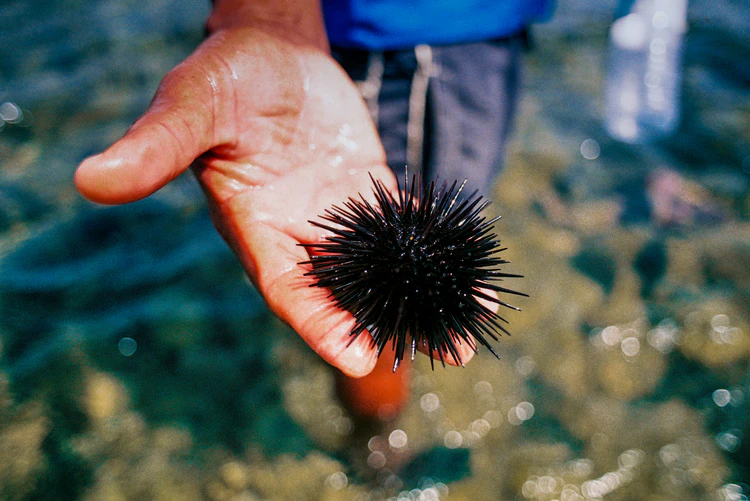
Photo by Portuguese Gravity
In Western waters, these urchins are found in abundance on patch and barrier reefs (Randall, 1964). It lies dormant on the reef during the day and forages at night.
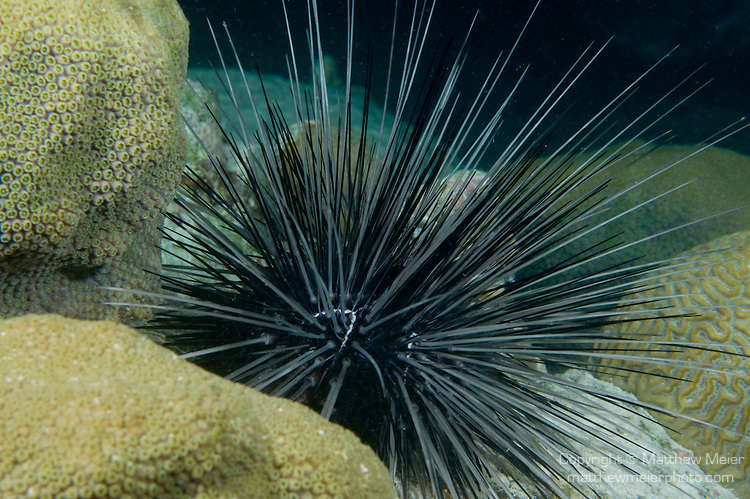
Photo by Matthew Meier
Observation
Observations and experiments on the behavior of urchins (D. antillarum) were carried out from April 1972 to February 1973. The work concentrated on two small reefs approximately 50 m in diameter in Knight Bay on the northeast coast of St. Croix. . Both reefs (we'll call them Reef-2 and Reef-3) had well-developed halos.
The total number of D. antillarum in the Reef-3 halo was recorded at various times during the day. The hedgehogs begin to move towards the halo after several hours, and later it is already in abundance (remember that they feed at night).
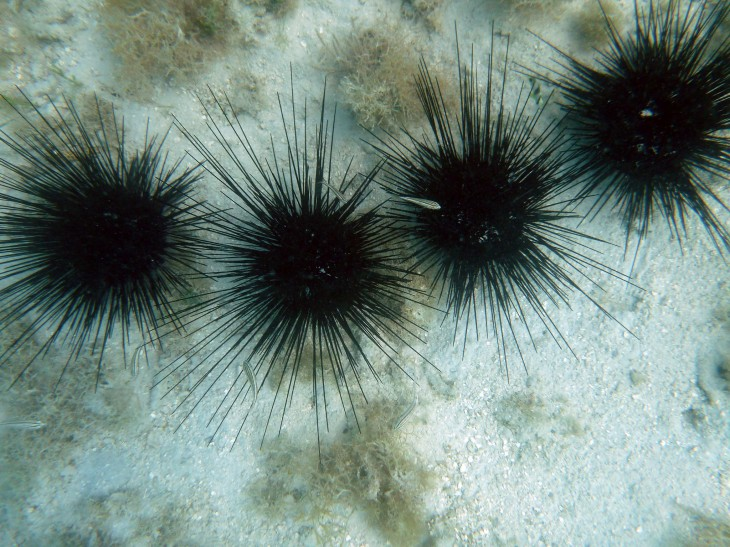
Photo by HiPWallpaper
The total population of Diadema on the reef was estimated by transect counts (lines in the sand that serve as a guide for observation). It was observed that 7 to 9 percent of the population migrated to the halo every night! It is suspected that this proportion is quite variable and may be strongly influenced by wave action (Ogden et al., 1973).
To corroborate this, it was necessary to study the stomach of the Diadema, which feeds in the halo and its food consisted entirely of seagrass and sand. The rest of the population that does not migrate on a particular night feed on pieces of algae on the surface of the reef (Ogden et al., 1973).
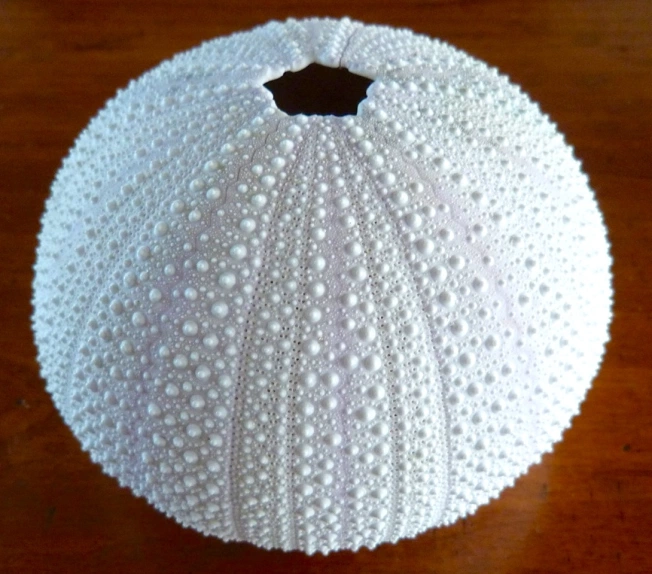
Photo by Melinda Rogers
In April 1972 (when this study was just beginning), all urchins were removed from Reef-2. It was observed that every 2 months more urchins came to repopulate the reef, so the researchers did not allow the reef to be repopulated during the study to test the urchins hypothesis.
Aerial photographs taken before this time showed a well-developed halo. Eight months later, Reef-2 had no halo! What was once a halo was now covered in seagrass.

@tipu curate
Thanks a lot! @crazy-andy, Where can i found information about Curangel curation? Thanks!😄
Hmmm it looks that TipU curation is down at the moment, so sorry but looks like there won't be extra curation right now.
I really likebyoir post so I tried with Curangel curation as well, but seems it is not working as well.
For more info about TipU and/or Curangel curation project I suggest visiting both Discord groups.
No problem, thanks for the support😊🐬
This is very interesting! Thanks for sharing with us :)
!discovery 20
Thanks for your support @delilhavores, always trying my best to make good content😁🐬
This post was shared and voted inside the discord by the curators team of discovery-it
Join our community! hive-193212
Discovery-it is also a Witness, vote for us here
Delegate to us for passive income. Check our 80% fee-back Program
Congratulations @juanbg! You have completed the following achievement on the Hive blockchain and have been rewarded with new badge(s) :
You can view your badges on your board and compare yourself to others in the Ranking
If you no longer want to receive notifications, reply to this comment with the word
STOPDo not miss the last post from @hivebuzz: